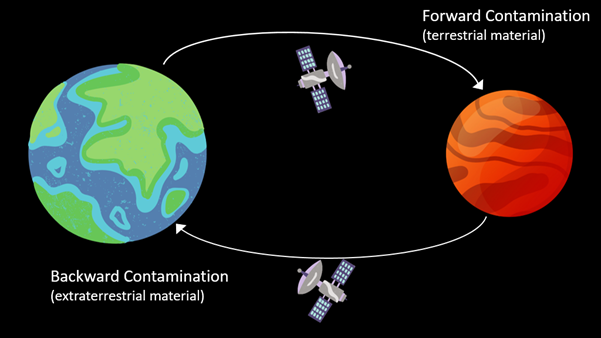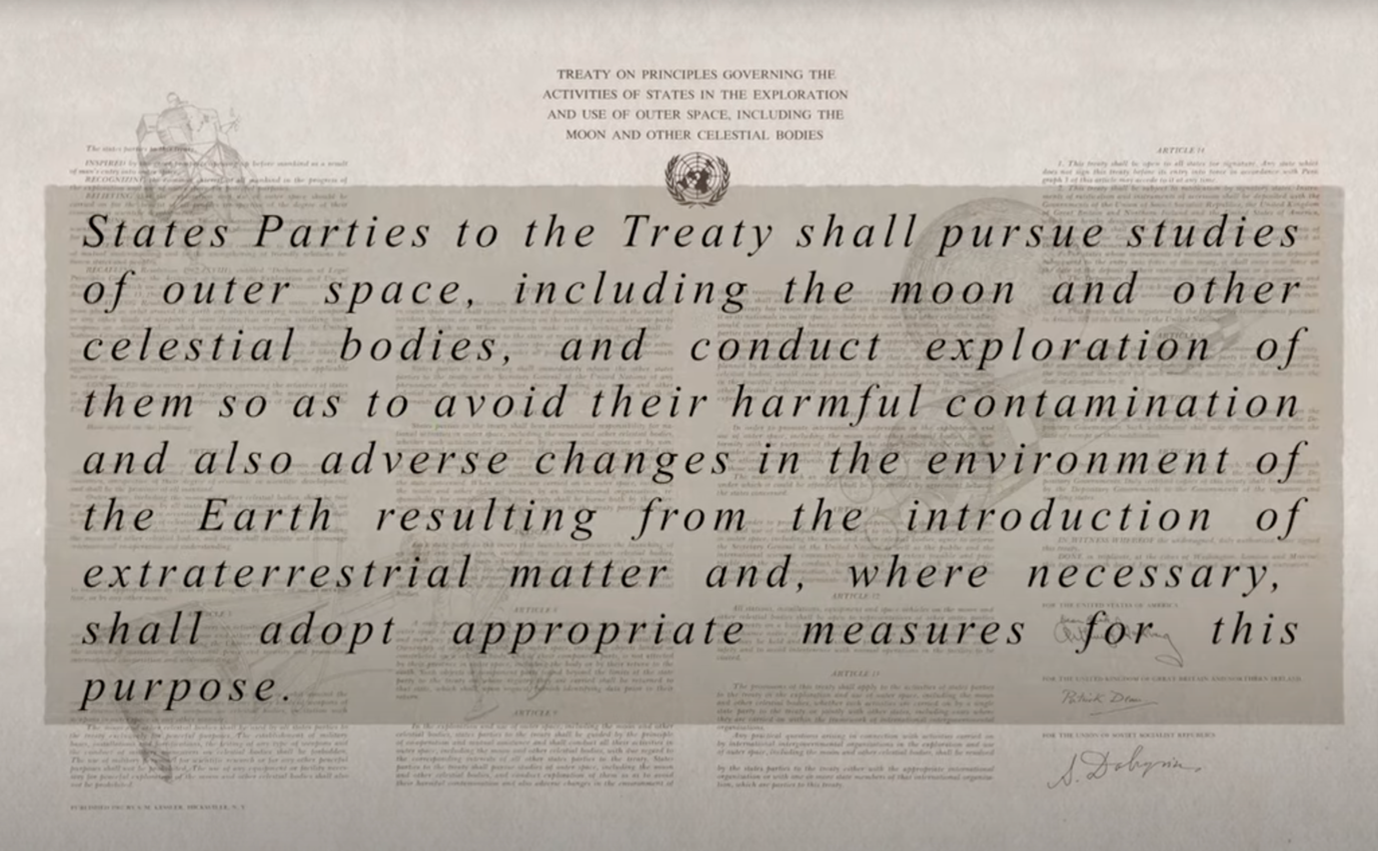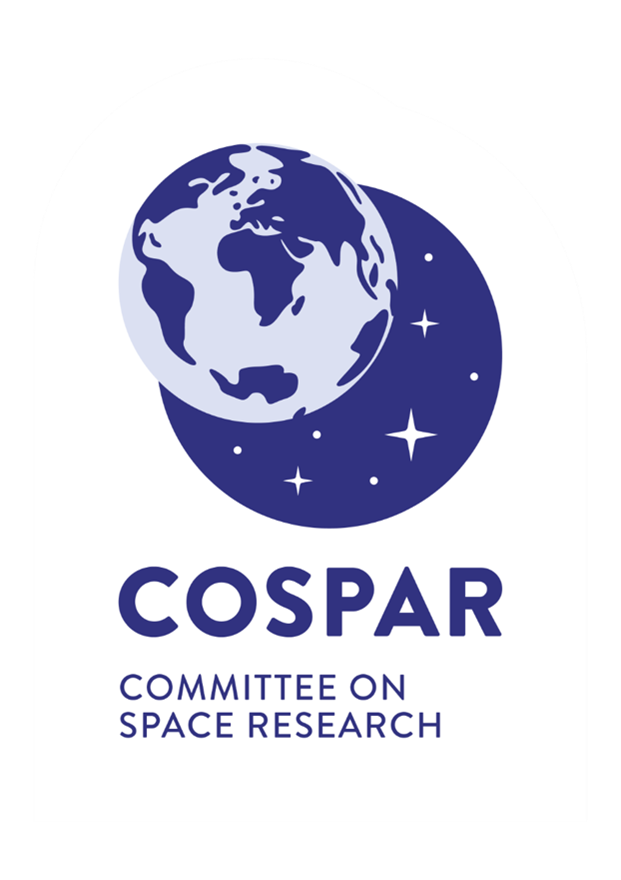Why do we need to protect the planetary bodies?
The question of whether humanity is alone in the Universe has been asked for millennia, but the answer remains elusive. This is despite the objectives of many past, current and future space exploration missions to find evidence of past (extinct) or present (extant) life. But as our understanding of life on Earth improves and we expand the range of extra-terrestrial environments we explore with new technologies, the possibility of finding life remains.
If found, life beyond Earth would be a very big claim with society-wide implications, so it is critical to be sure that the evidence is robust, reliable and irrefutable. That is, there must be confidence that the evidence found originates from the environment being explored and has not been taken there from Earth. We also have responsibilities to ensure that the environments we visit with spacecraft, and – in the future – with humans, are not damaged or contaminated by our actions, especially ones that have the potential to be habitats for life. So, this is where ‘Planetary Protection’ is applied.
Planetary Protection is the practice of protecting Solar System bodies from contamination by Earth life and protecting Earth from possible life forms that may be returned from other Solar System bodies.
What are we protecting against?
Planetary Protection is chiefly concerned with minimising the risks to Solar System bodies from biological (microorganisms) and organic (molecular) contamination. Organic materials are not necessarily derived from life, but could be the same or similar to those that are, meaning they might lead to a false positive result, suggesting the presence of life but, in reality, there is none.
There are two main processes faced by exploration missions where biological and organic material might be introduced, and these are central to Planetary Protection:
- Forward contamination could occur when a spacecraft travelling to another planet, moon or other body in our Solar System carries unwanted contamination that could pose a risk to its destination (or data returned from it).
- Backward contamination could occur when materials brought back to Earth from other bodies might carry something that could have consequences for the Earth’s biosphere.
 Forward and backward contamination are the two main processes that Planetary Protection aims to control.The illustration shows the Earth on the left hand side, and a smaller red planet on the right hand side. An arrow at the top of the illustration goes from the Earth to the planet, showing a spacecraft moving between the planets, and the arrow is labelled ‘forward contamination (terrestrial material). Another arrow at the bottom of the illustration goes from the planet to the Earth, showing a spacecraft moving between the planets, and the arrow is labelled ‘backward contamination (extraterrestrial material).
Forward and backward contamination are the two main processes that Planetary Protection aims to control.The illustration shows the Earth on the left hand side, and a smaller red planet on the right hand side. An arrow at the top of the illustration goes from the Earth to the planet, showing a spacecraft moving between the planets, and the arrow is labelled ‘forward contamination (terrestrial material). Another arrow at the bottom of the illustration goes from the planet to the Earth, showing a spacecraft moving between the planets, and the arrow is labelled ‘backward contamination (extraterrestrial material).
International policy and requirements
Planetary Protection is not a new concept: there was some scientific effort even in the late 1950s to understand the biological impact of space exploration. However, in 1967, the Treaty on Principles Governing the Activities of States in the Exploration and Use of Outer Space, Including the Moon and Other Celestial Bodies (United Nations, 1967) – known as The Outer Space Treaty – was signed (see video below), providing a legal framework for the governance of space. Article IX of the Outer Space Treaty specifically provides the legal basis for principles around Planetary Protection, allowing for the development of the Policy on Planetary Protection.
Video: The signing of the Outer Space Treaty at the United Nations in 1967
 Article IX of the Outer Space Treaty, which underpins Planetary Protection principlesA depiction of the Outer Space Treaty, highlighting the text of Article 9, which states that “States Parties to the Treaty shall pursue studies of outer space, including the Moon and other celestial bodies, and conduct exploration of them so as to avoid their harmful contamination and also adverse changes in the environment of the Earth resulting from the introduction of extraterrestrial matter and, where necessary, shall adopt appropriate measures for this purpose.”
Article IX of the Outer Space Treaty, which underpins Planetary Protection principlesA depiction of the Outer Space Treaty, highlighting the text of Article 9, which states that “States Parties to the Treaty shall pursue studies of outer space, including the Moon and other celestial bodies, and conduct exploration of them so as to avoid their harmful contamination and also adverse changes in the environment of the Earth resulting from the introduction of extraterrestrial matter and, where necessary, shall adopt appropriate measures for this purpose.”
 COSPAR logoThe Policy was established by the Committee on
Space Research (COSPAR). Through this Policy, international requirements have been
developed to support space-faring nations and other organisations to meet their
Planetary Protection obligations, including considering Planetary Protection
during mission design and build. The COSPAR Planetary Protection Panel lead the extensive international collaboration
that enables the Policy and requirements to be updated based on
the most up to date scientific information. Panel members are drawn from
space-faring nations and the scientific community, and contributions are
invited from space agencies and the private sector.
COSPAR logoThe Policy was established by the Committee on
Space Research (COSPAR). Through this Policy, international requirements have been
developed to support space-faring nations and other organisations to meet their
Planetary Protection obligations, including considering Planetary Protection
during mission design and build. The COSPAR Planetary Protection Panel lead the extensive international collaboration
that enables the Policy and requirements to be updated based on
the most up to date scientific information. Panel members are drawn from
space-faring nations and the scientific community, and contributions are
invited from space agencies and the private sector.
Exploration and Planetary Protection
The Planetary Protection requirements applied to space missions depend on the target body for the mission, the type of mission itself (a flyby, orbiter, lander or sample return), and its scientific objectives. These are used to classify each mission into (currently) one of five categories (Table 1), which then determines how stringent Planetary Protection controls need to be during the spacecraft design, build, launch and operations.
These controls might be simply ensuring any potential organic contamination is documented, or they may require monitoring of the amount of bioburden (the number of microorganisms on a spacecraft surface), or they might lead to strict cleaning or sterilisation procedures. For this reason, many spacecraft are built within environmentally controlled cleanroom facilities.
Table 1: Planetary Protection categories
|
Category |
Mission type |
Target body (considered to date) |
|
I |
Flyby, orbiter, lander |
Asteroids that have experienced significant heating and melting; Io (moon of Jupiter) |
|
II |
Flyby, orbiter, lander |
Venus, Moon, Comets, carbon-rich asteroids, gas giant planets and some of their moons, some dwarf planets and Kuiper Belt objects |
|
III |
Flyby, orbiter |
Mars, Europa (moon of Jupiter), Enceladus (moon of Saturn) |
|
IV |
Lander |
Mars, Europa, Enceladus |
|
V ‘Restricted Earth return’ |
- |
Mars, Europa, Enceladus |
|
V ‘Unrestricted Earth return’ |
- |
Venus, Moon |
If the target body is of interest to the origins of life and its chemical evolution it will have a higher category and so require a higher degree of cleanliness. Those missions to bodies that might have habitable environments that could support life (including life inadvertently brought by the spacecraft) also have higher categories. This is why Mars lander missions are category IV/V (with substantial evidence indicating Mars once harboured liquid water), as are missions to Europa (a moon of Jupiter) and Enceladus (a moon of Saturn) that are known to have oceans beneath their icy surfaces.
Planetary Protection for the future
Planetary Protection is facing several new challenges. As access to space by the private sector increases, Planetary Protection requirements still need to be upheld. It is the legal (and arguably ethical and moral) obligation of those signatories to the Outer Space Treaty to ensure that mechanisms are in place to achieve this, such as embedding it into regulations, and licenses, even though the Policy on Planetary Protection itself is not legally binding.
Also, so far Planetary Protection has focused solely on robotic missions – it has not fully considered human exploration of our Solar System. Yet with several space agencies and other organisations planning for near-future crewed missions to Mars and the Moon, this gap needs to be filled. COSPAR’s Planetary Protection Panel and space agencies have begun to work together to identify how to apply Planetary Protection principles and requirements to such missions, but it is recognised that removing the possibility of biological and organic contamination by a human is not possible; humans have their own microbiome made up of thousands of different types of microorganisms. It is also impossible to isolate any members of a crew or their spacecraft from an extra-terrestrial environment.
This is prompting efforts to better understand the interactions between humans and the space environment, how life support and other essential systems could be adapted to minimise contamination events, and how the space environment itself might propagate or sterilise any biological life humans might invertedly deliver.
 Human exploration is an upcoming challenge for Planetary ProtectionAn artist’s impression of an astronaut, in a white space suit with a helmet, standing on a mound on a red planet, presumed to be Mars. The sky over the horizon shows the Earth in the distance.
Human exploration is an upcoming challenge for Planetary ProtectionAn artist’s impression of an astronaut, in a white space suit with a helmet, standing on a mound on a red planet, presumed to be Mars. The sky over the horizon shows the Earth in the distance.
 This article is part of the Astrobiology Collection on OpenLearn. This collection of free articles, interactives, videos and courses provides insights into research that investigates the possibilities of life beyond the Earth and the ethical and governance implications of this.
This article is part of the Astrobiology Collection on OpenLearn. This collection of free articles, interactives, videos and courses provides insights into research that investigates the possibilities of life beyond the Earth and the ethical and governance implications of this.




Rate and Review
Rate this article
Review this article
Log into OpenLearn to leave reviews and join in the conversation.
Article reviews